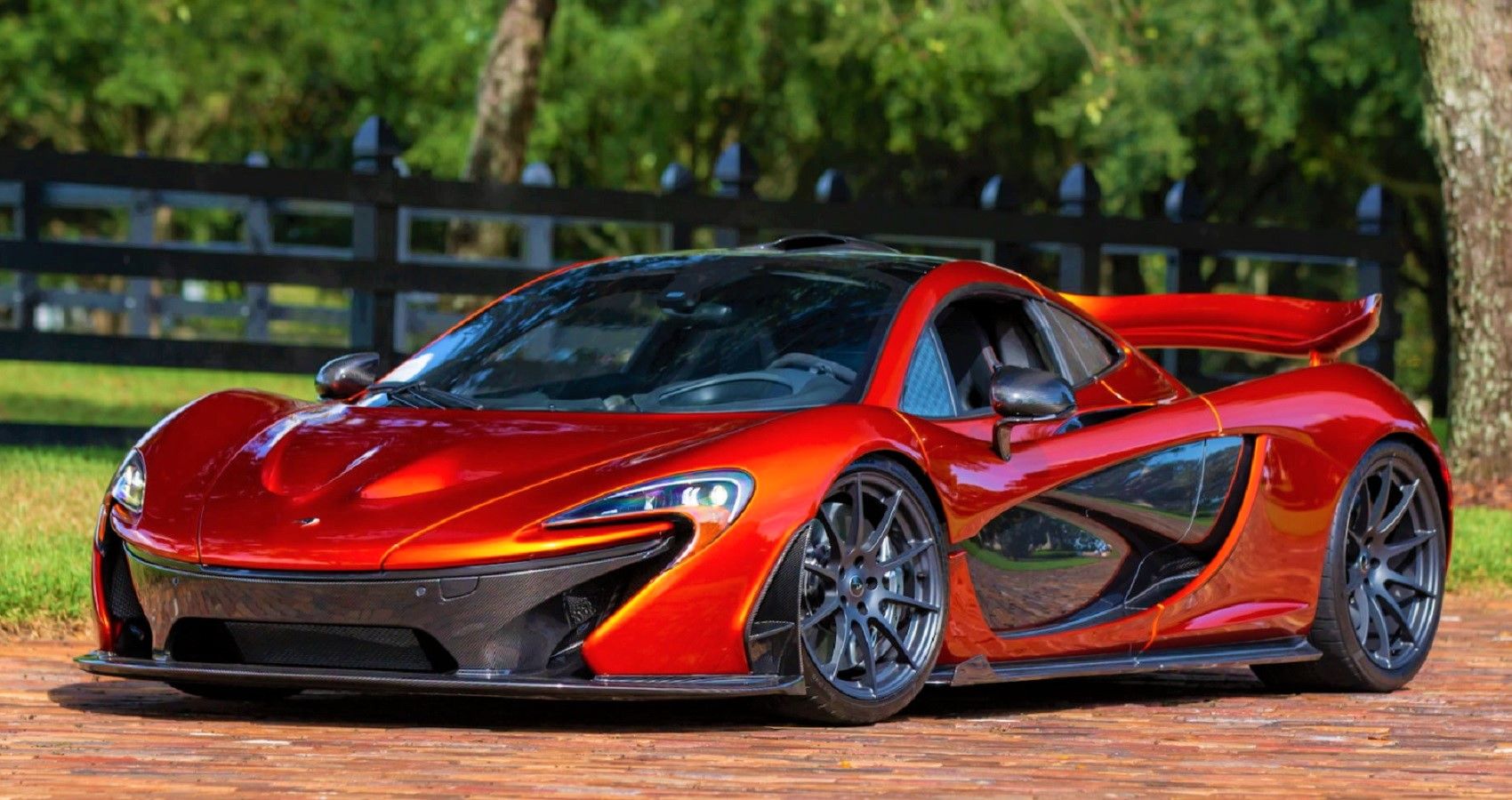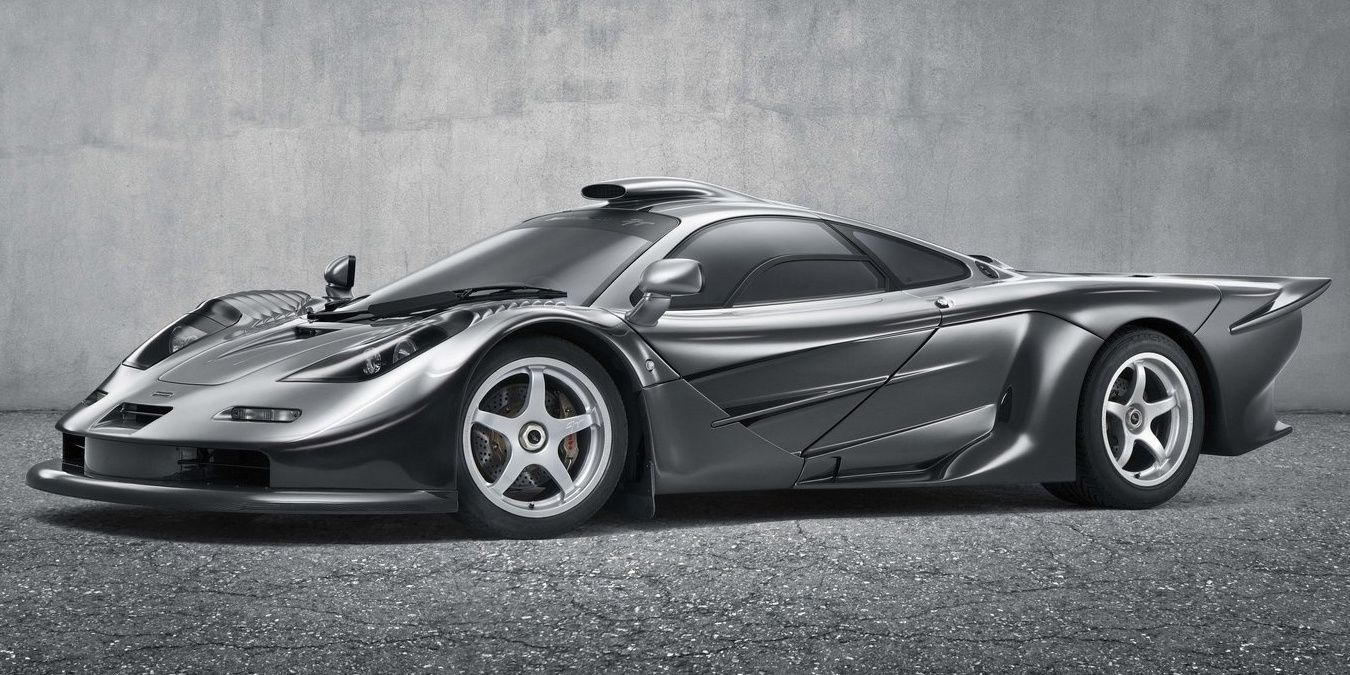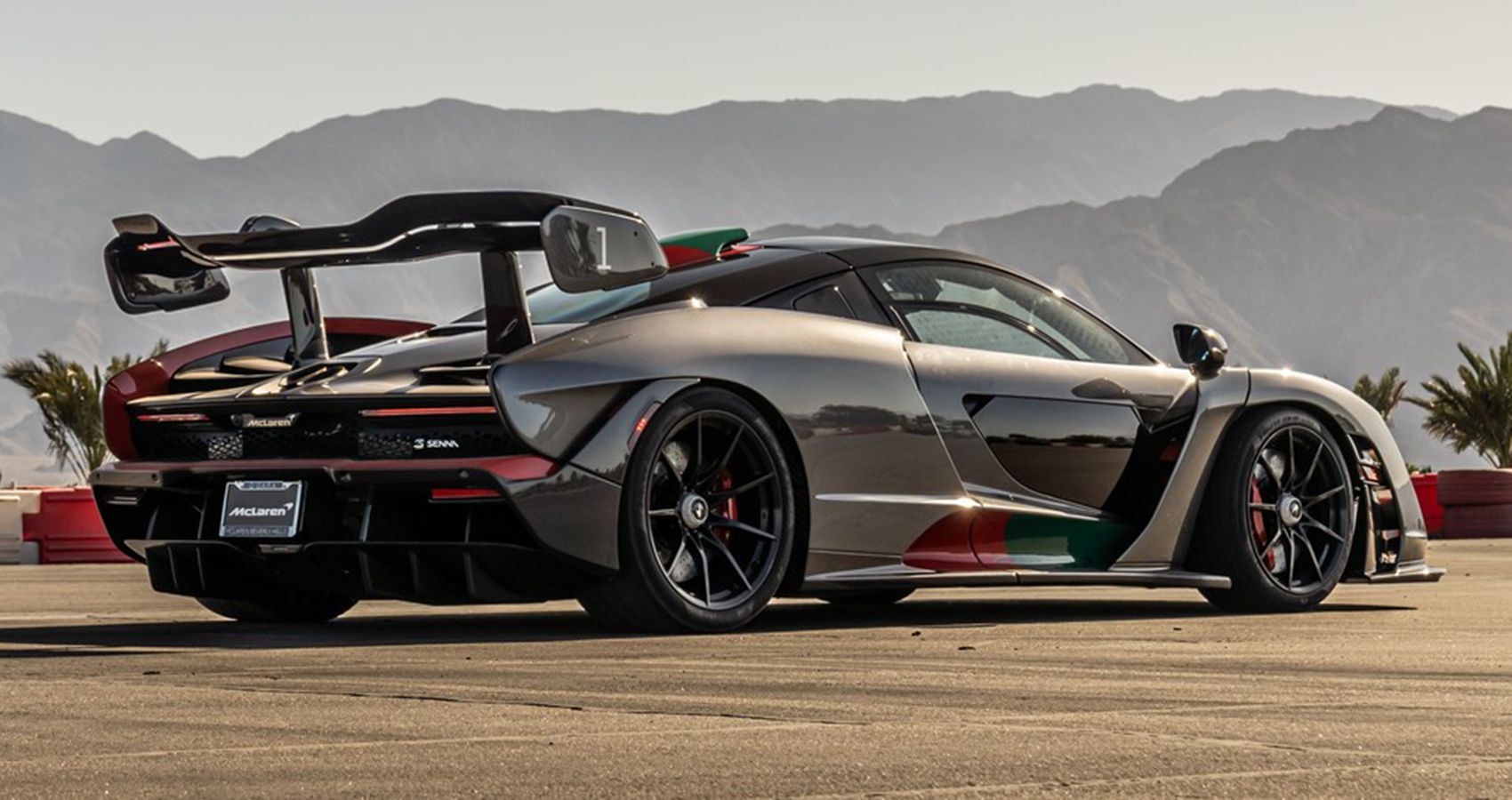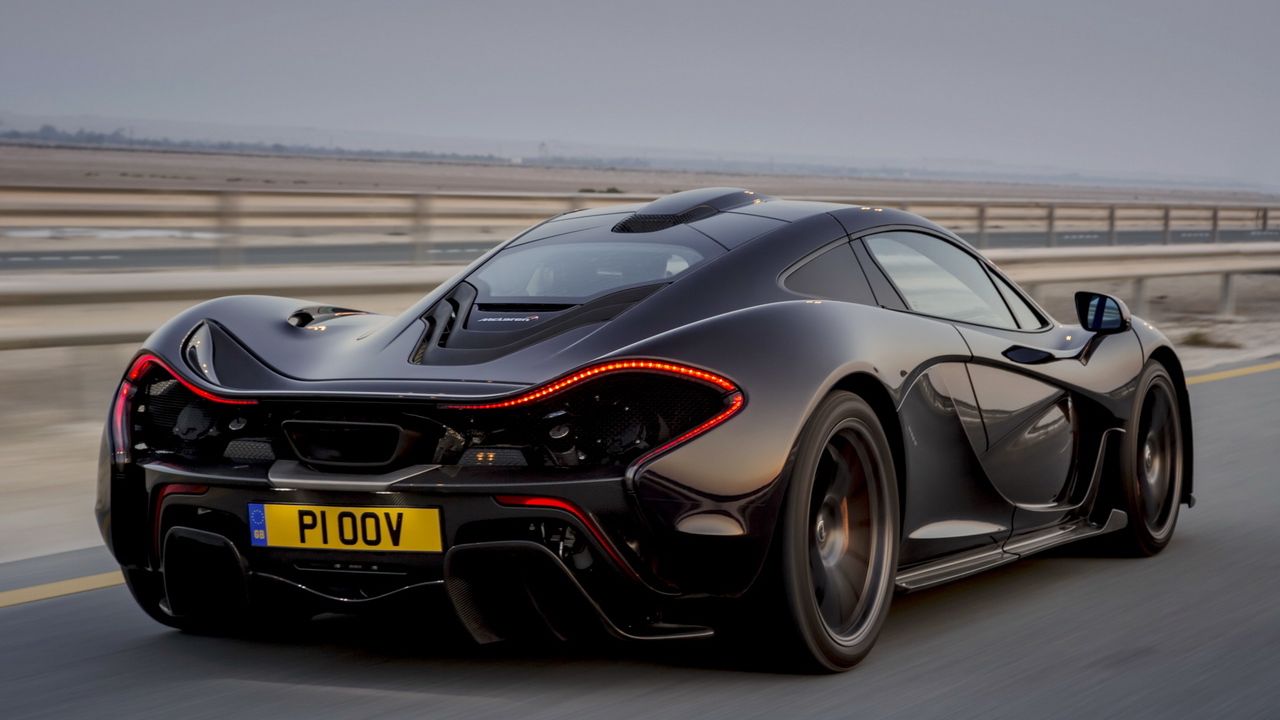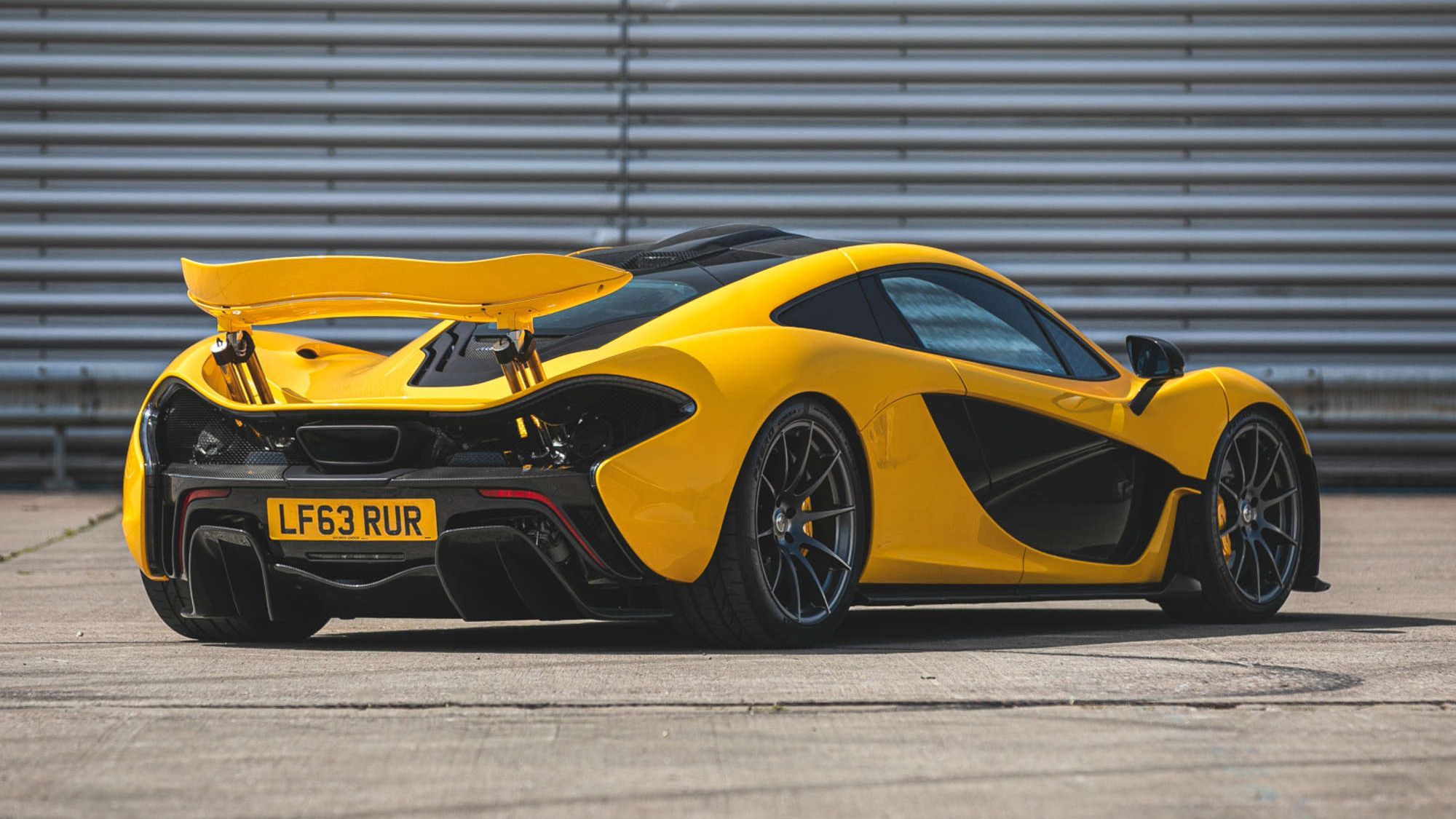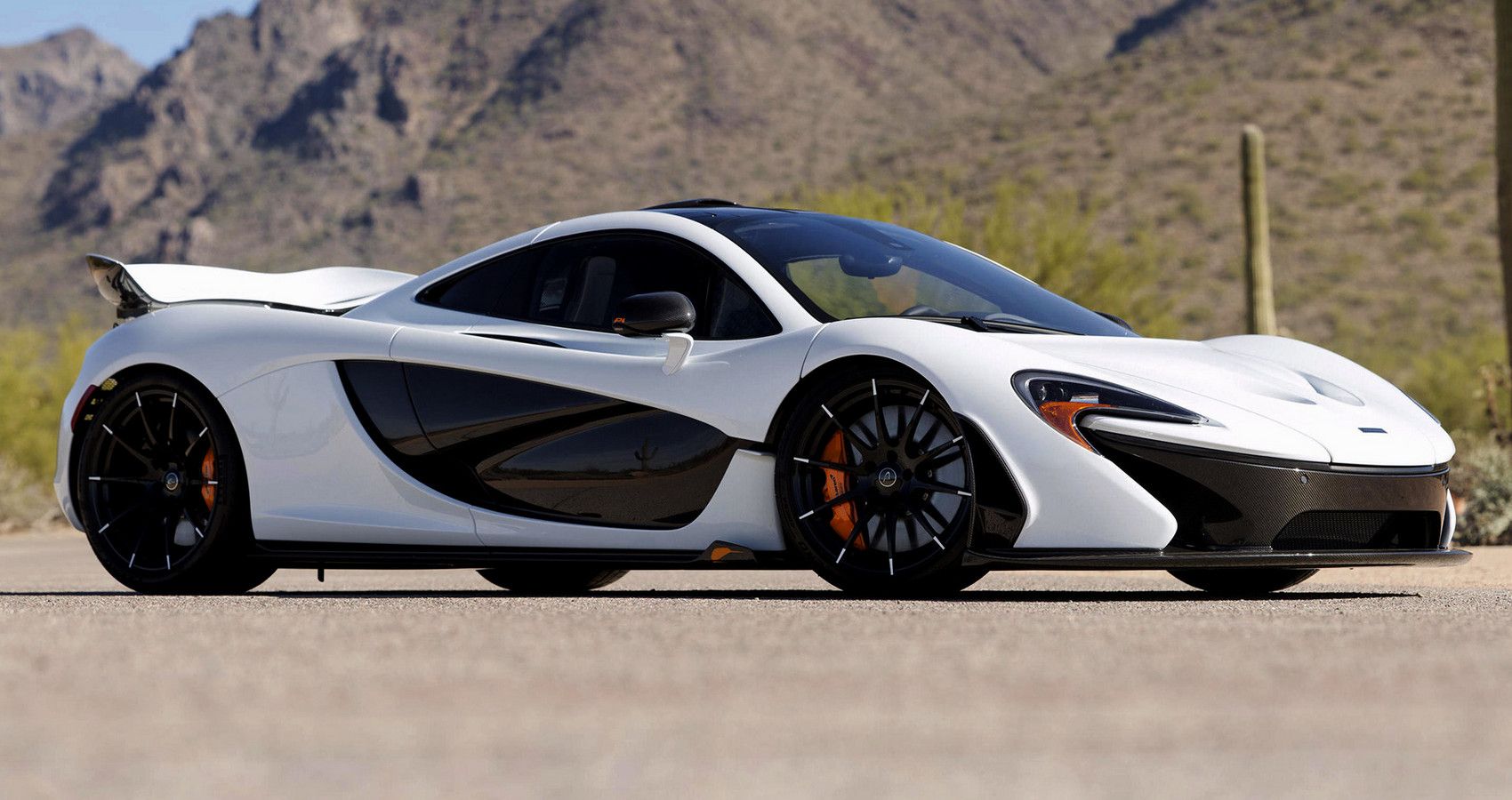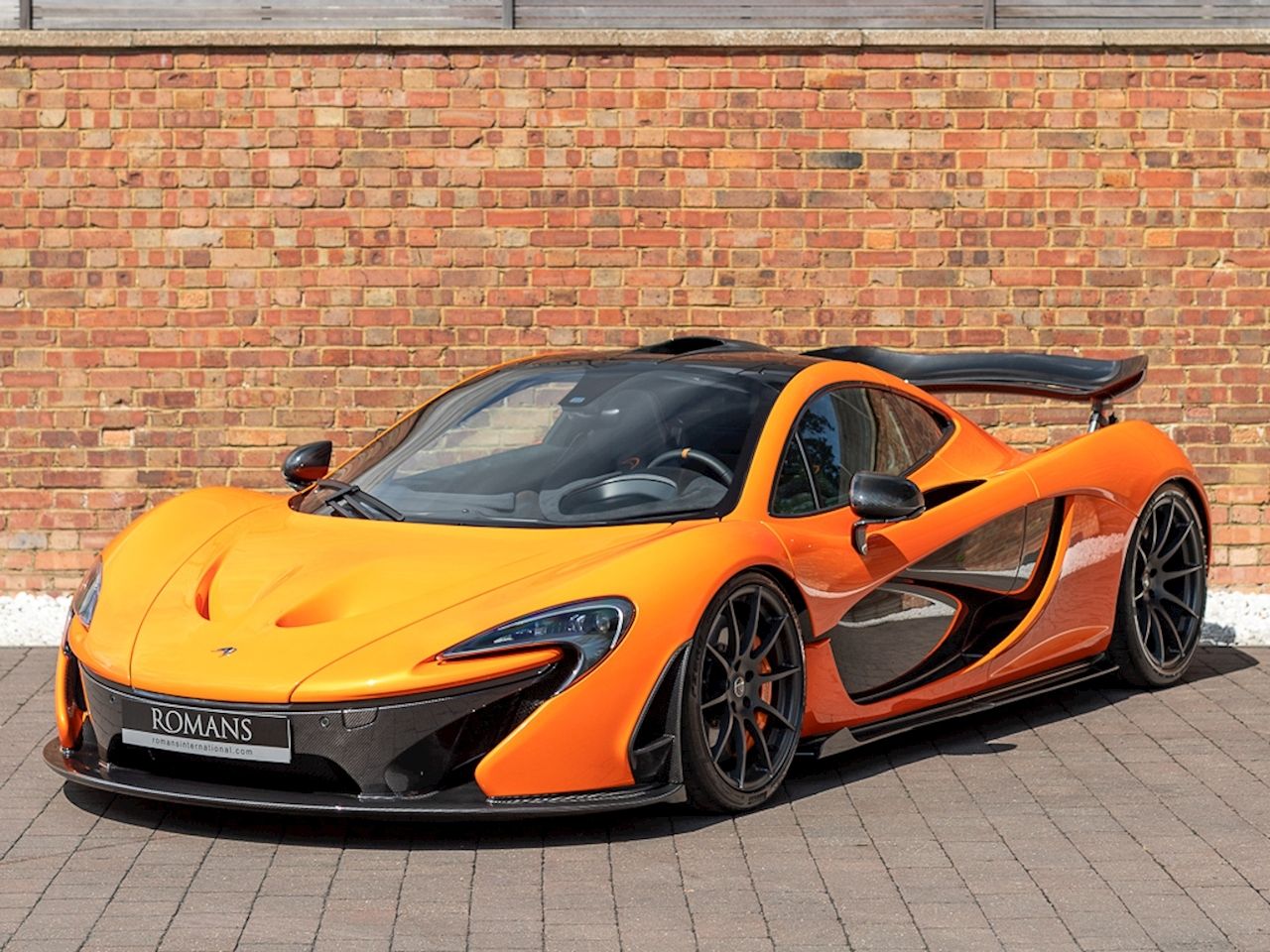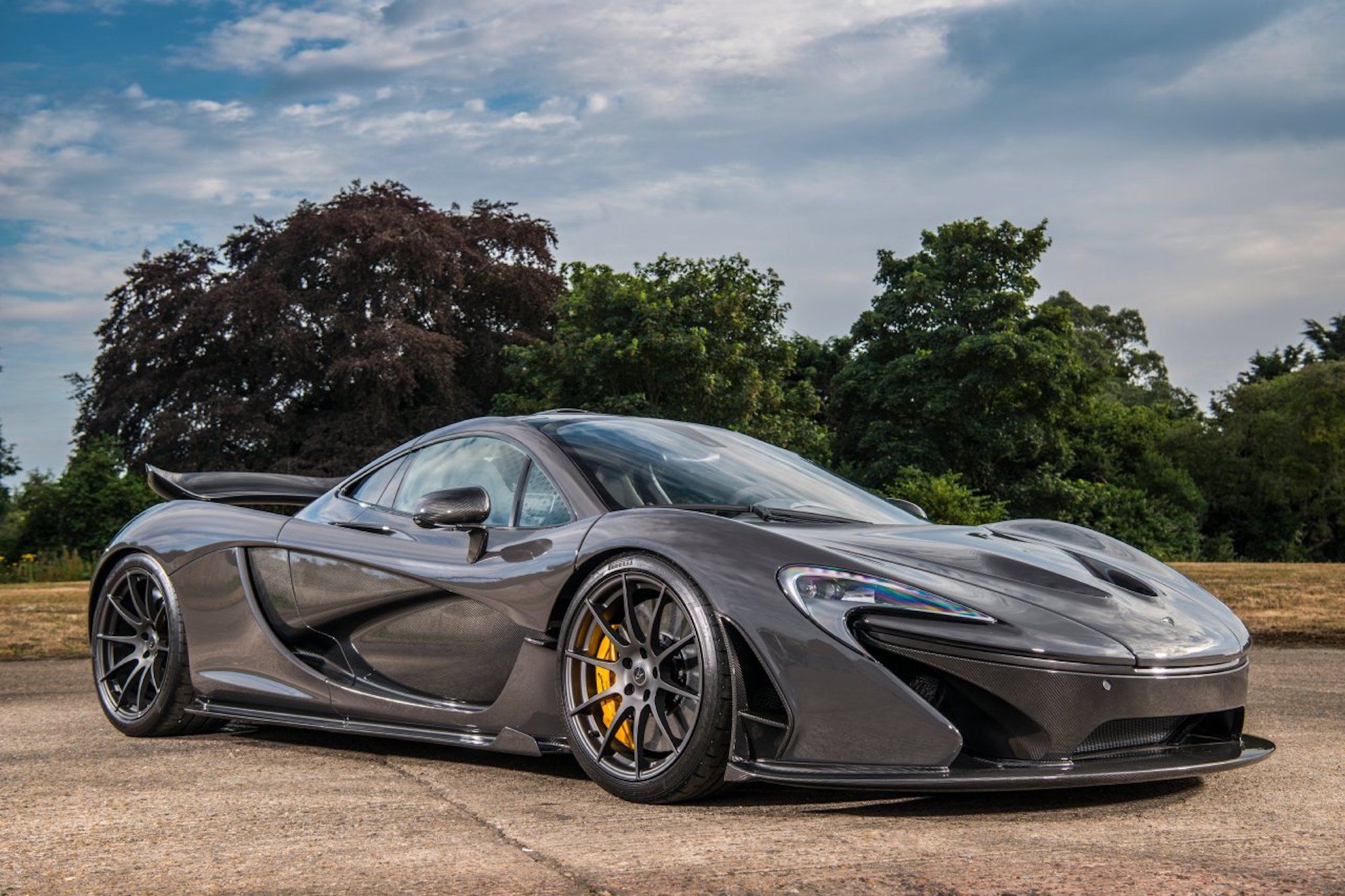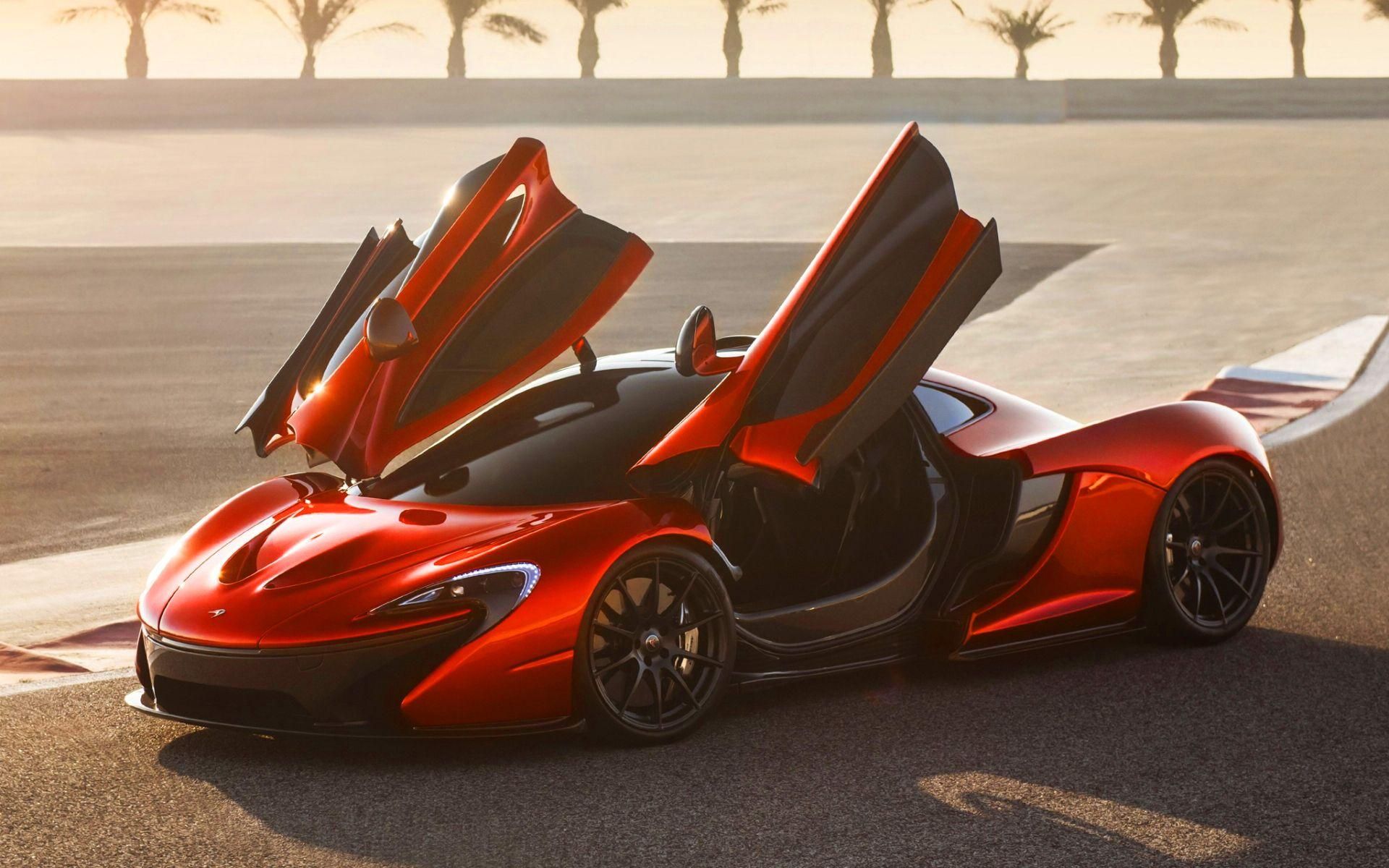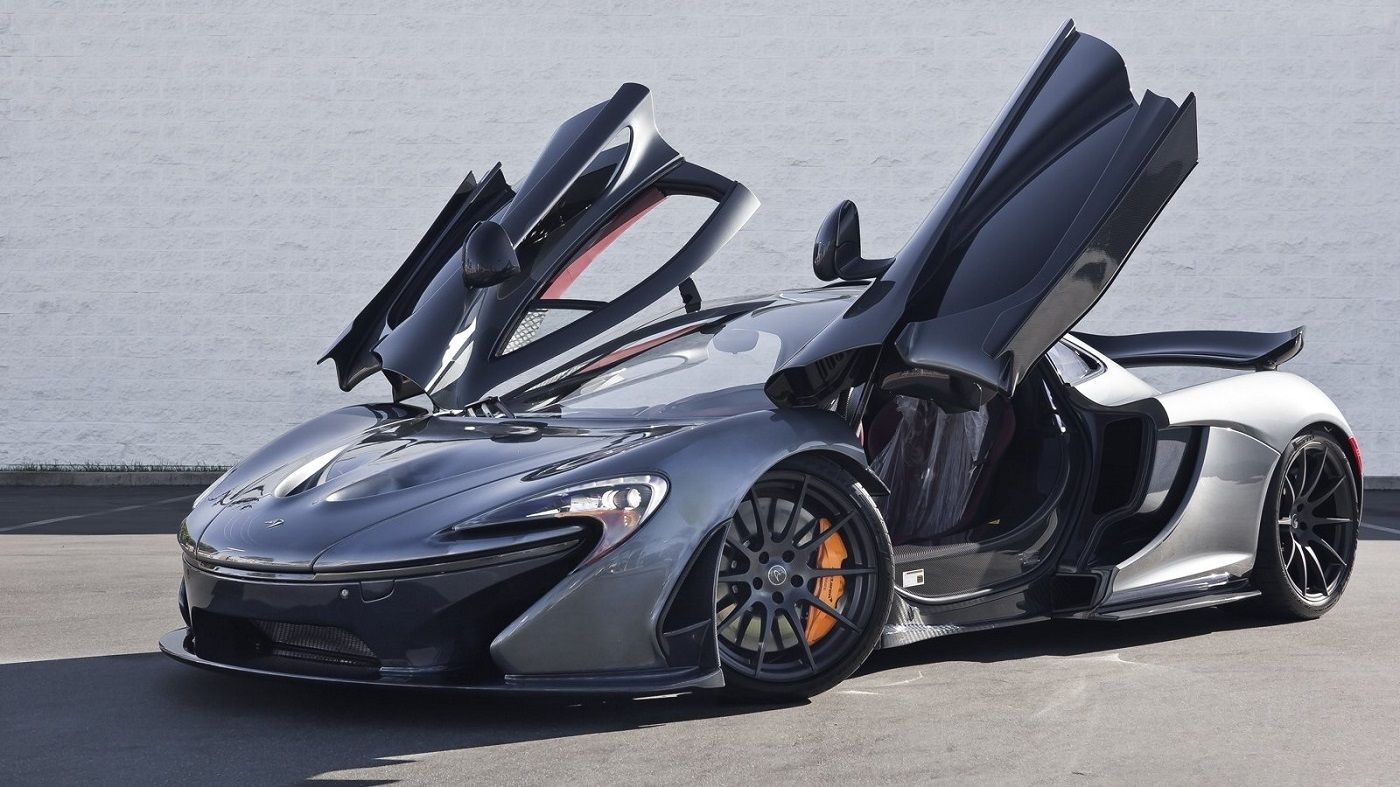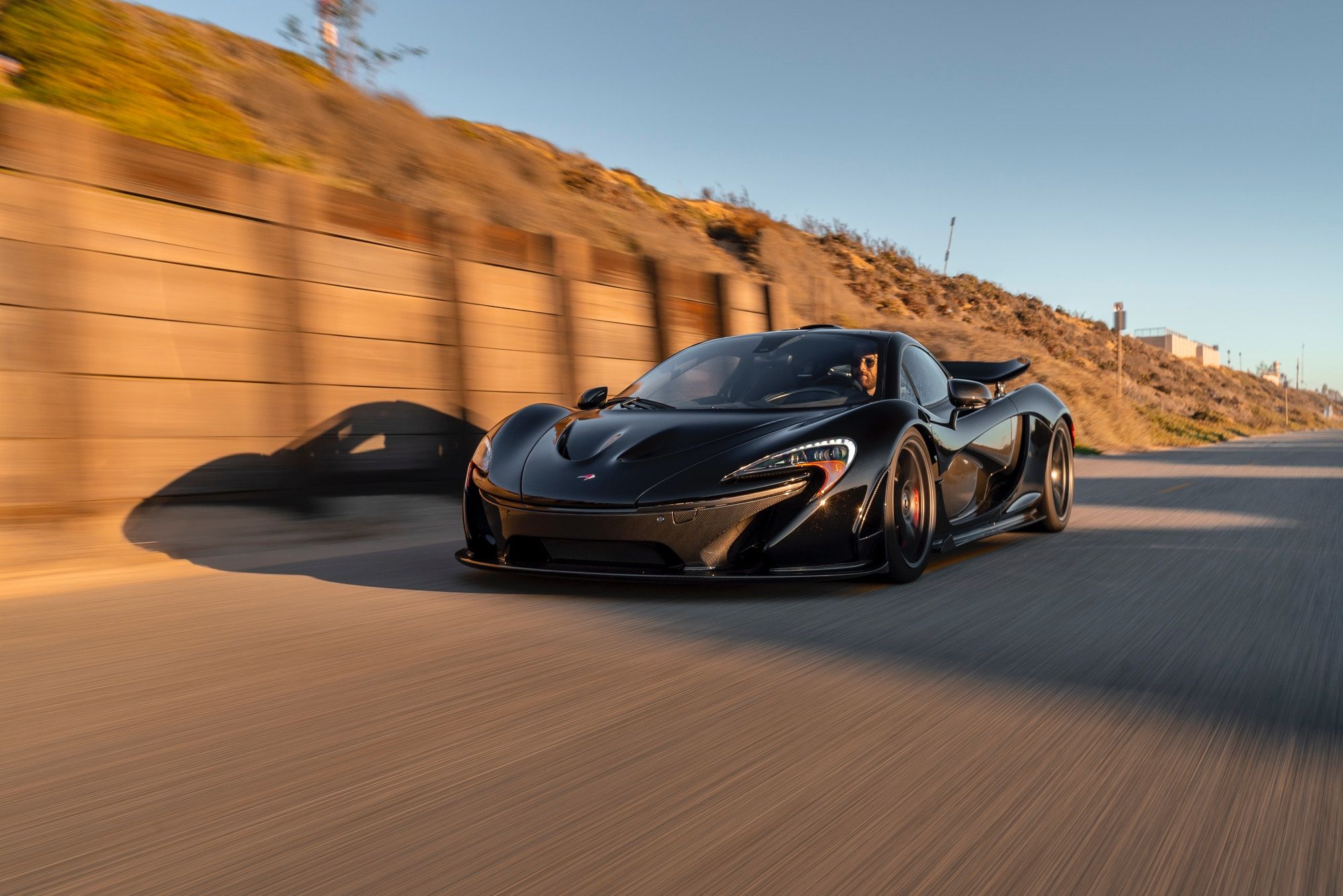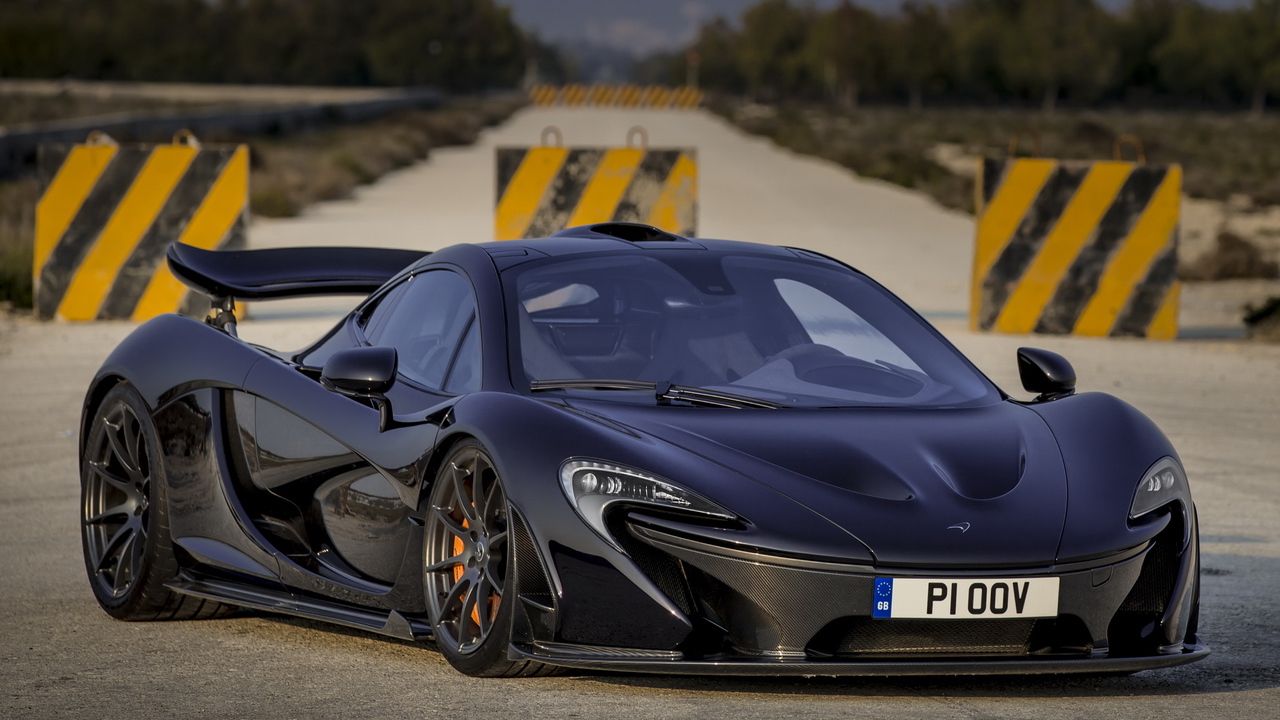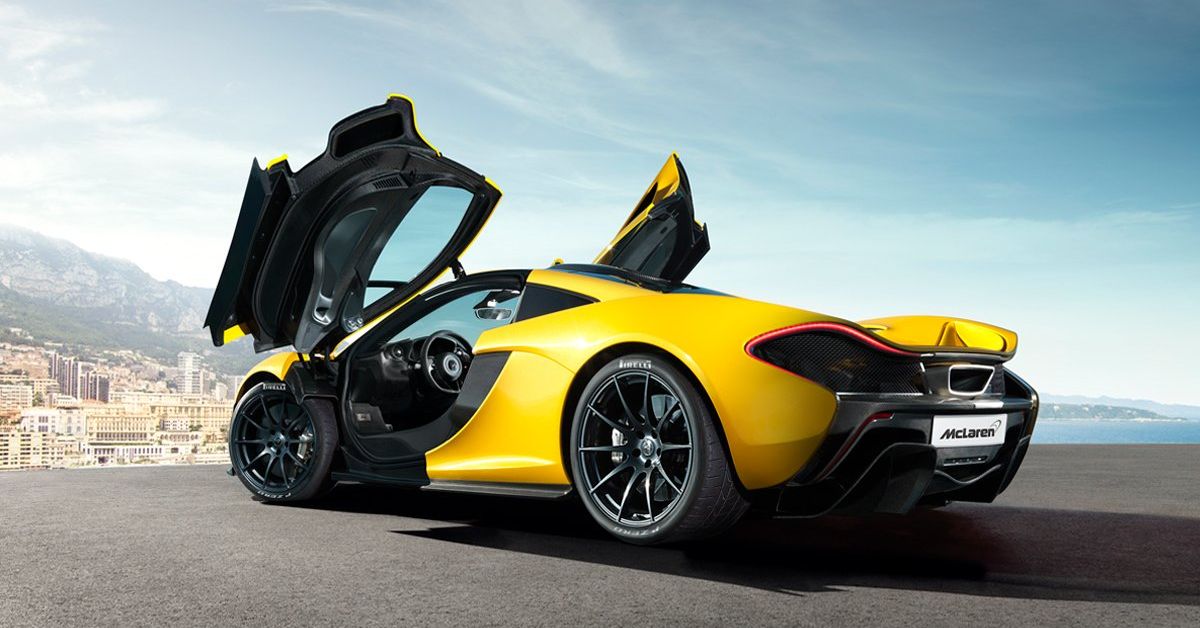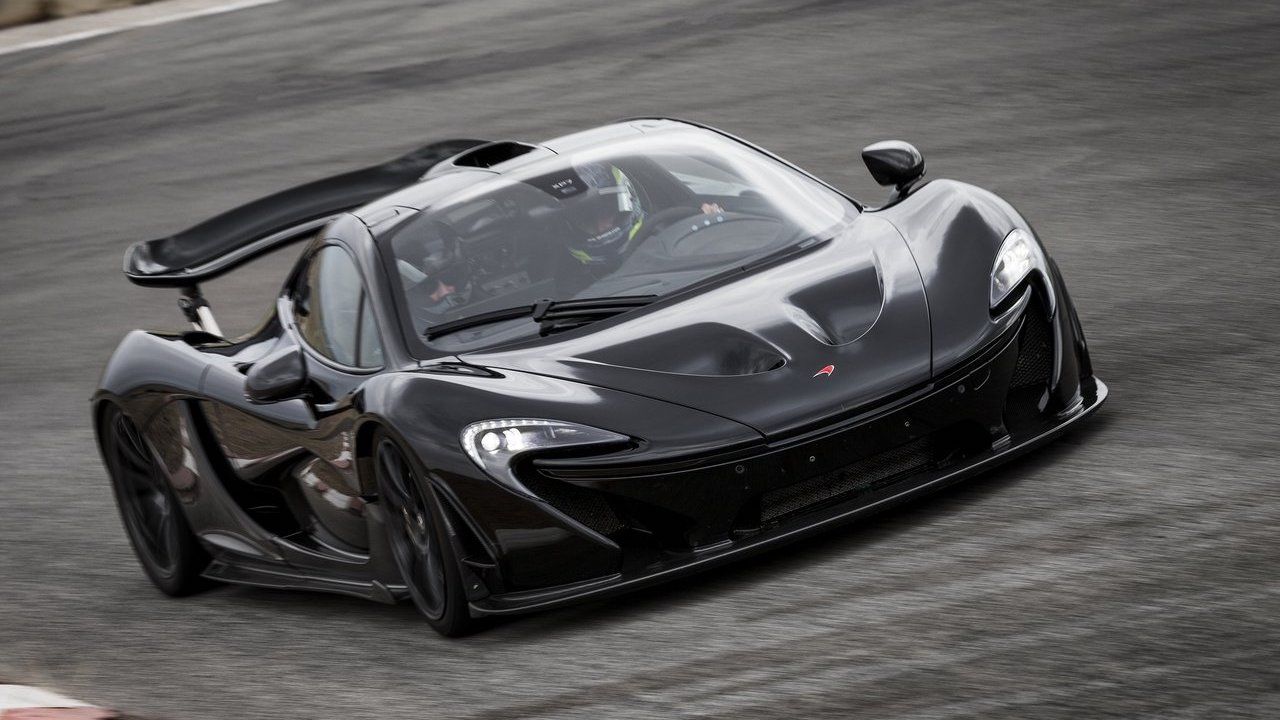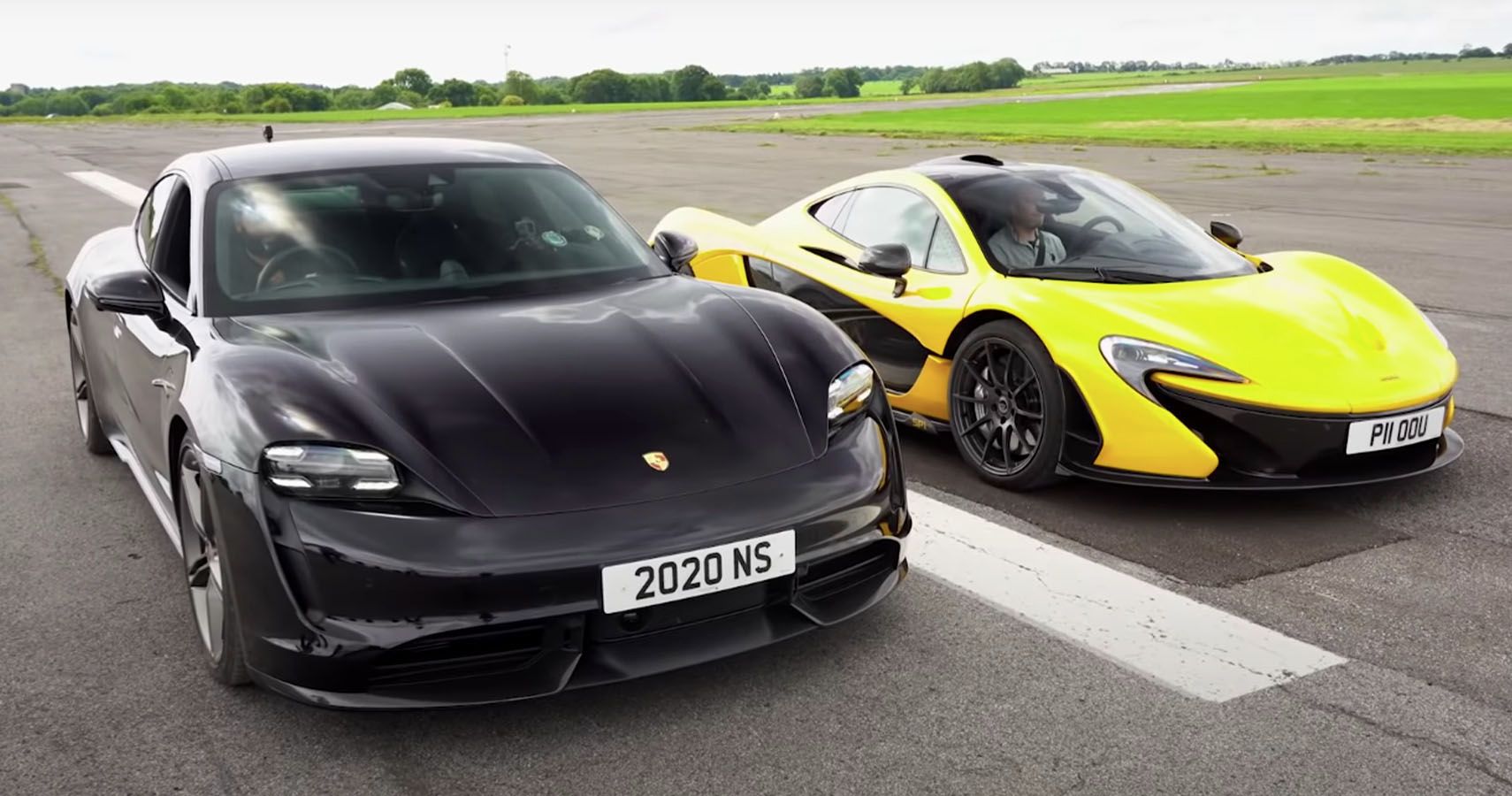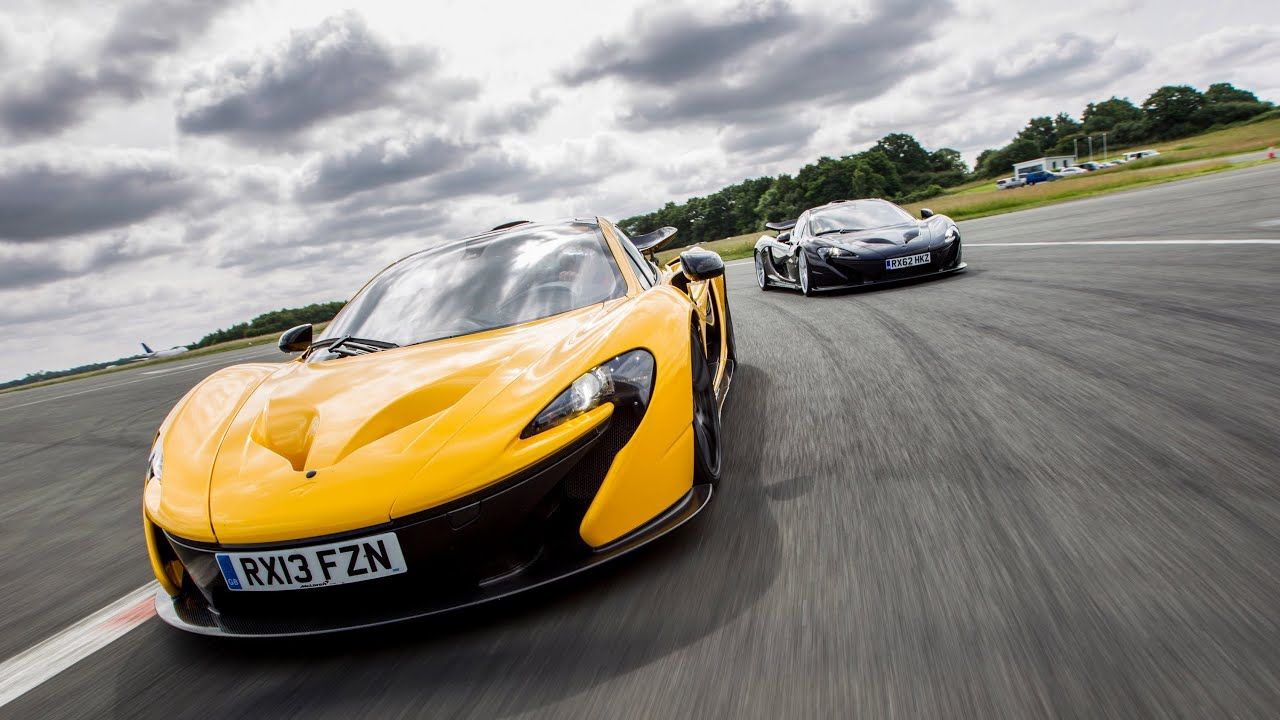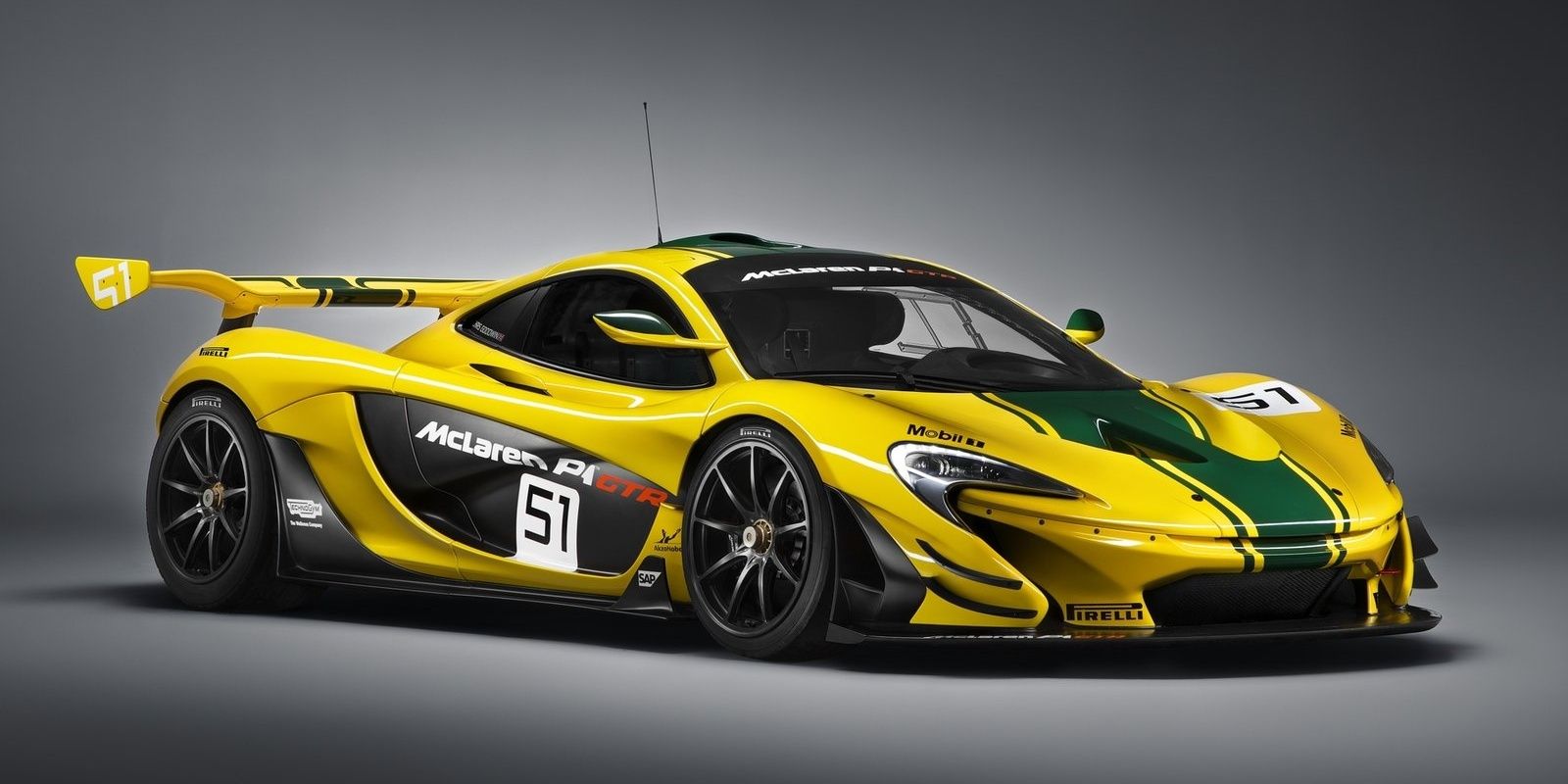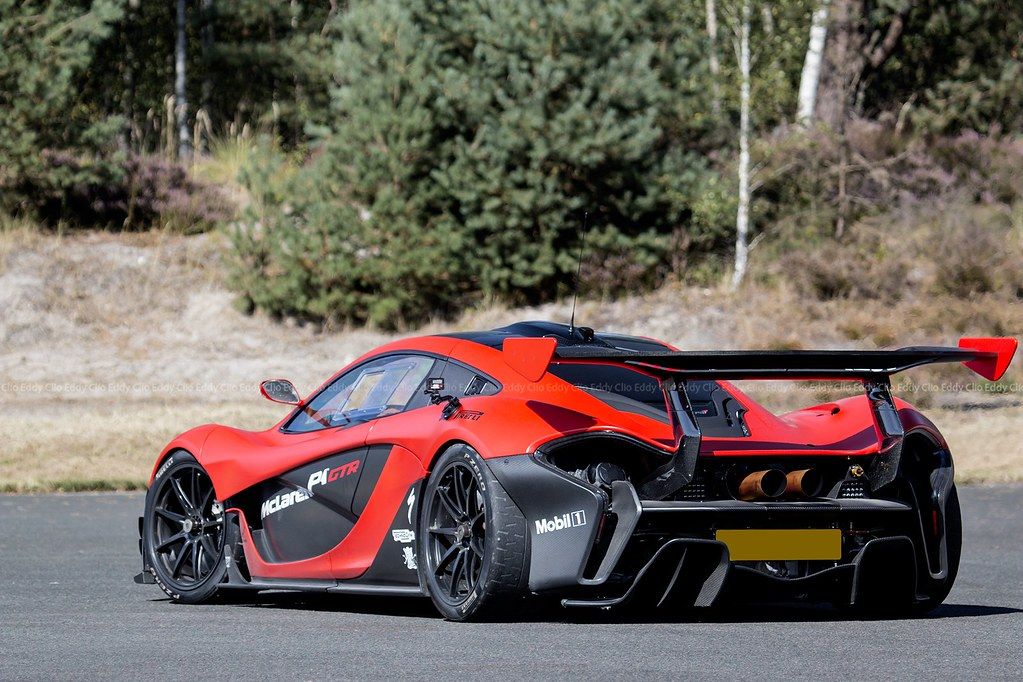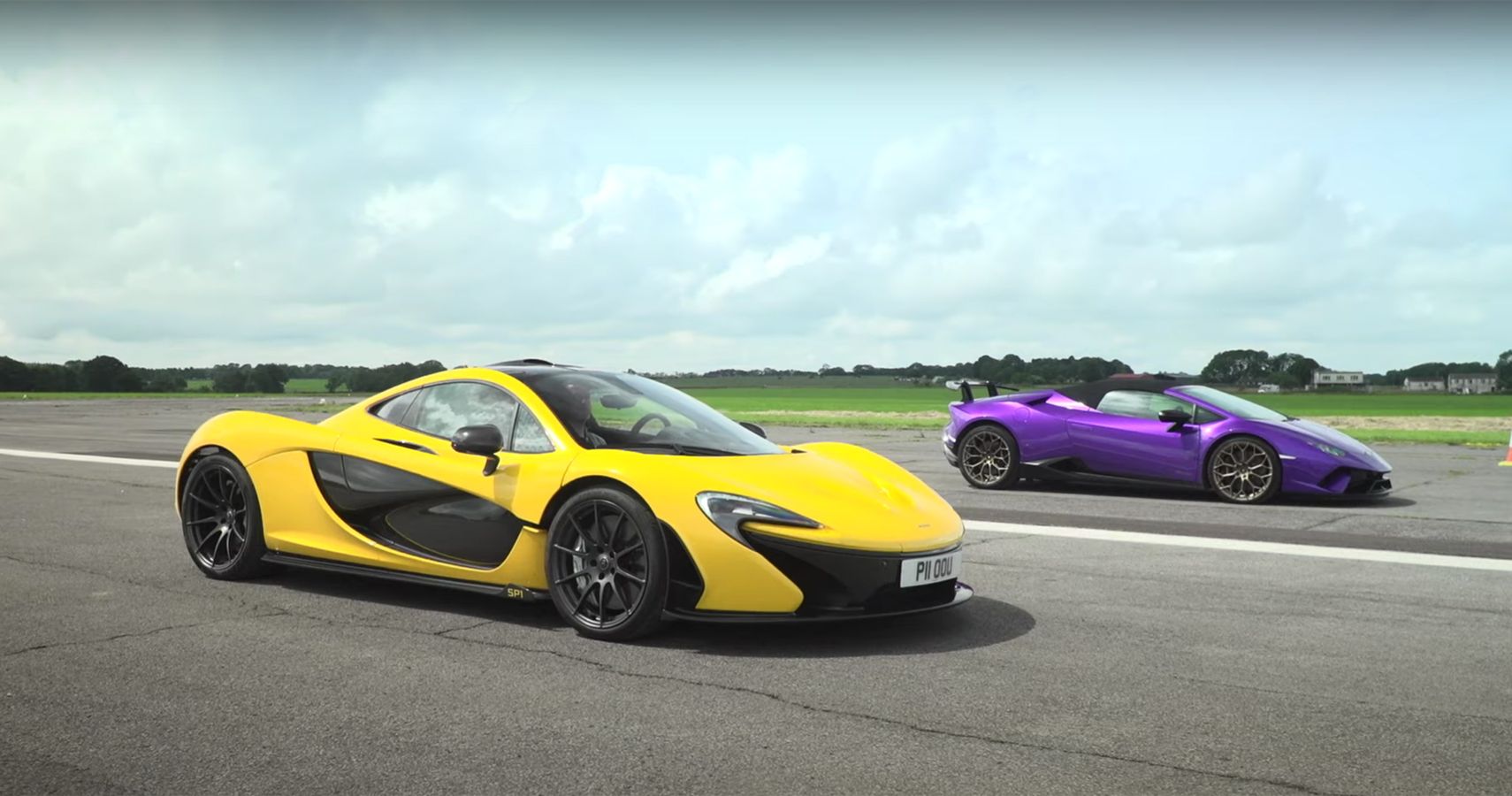The McLaren P1 is a limited-edition performance supercar that first debuted at the 2012 Paris Motor Show. This high-performance vehicle began production in the United Kingdom in 2013 with only 375 units manufactured and sold.
This limited-edition vehicle was one of the founding supercars to enter hypercar status. This meant that the McLaren P1 went head-to-head with the LaFerrari and Porsche 918 Spyder. The P1 managed to leverage much of its Formula 1 development to create one of the most iconic supercars in the modern era. Interested in learning more about the McLaren P1? Here are 10 incredible facts you should know.
10 Inspired By The McLaren F1
The McLaren P1 was designed to be the immediate successor to the McLaren F1. This was done in both the performance and style departments of the car. The new P1 managed to leverage hybrid technology from the McLaren F1 team to help create a more efficient and powerful powertrain for the supercar.
This copied the same development strategy as the McLaren F1. The P1 was built on the F1’s exterior style, but improved on the overall aerodynamics of the car. This included a slimmer body with distinct air intakes around the side of the supercar.
9 Shrink-Wrapped Bodywork
The lead designer from McLaren was very vocal about how they designed the P1. While many other companies may have developed the body and powertrain somewhat separately, the McLaren team combined these two departments almost entirely.
The body of the P1 was effectively designed to make the car nimble and agile through the air. This effectively meant that the McLaren design team shrink-wrapped the bodywork to the powertrain of the car. This gave the car a unique shape, but also made it one of the most aerodynamic supercars on the market.
8 Carbon-Fiber
The McLaren P1 is designed almost entirely of carbon fiber. This is done throughout the car and even internally. The P1 does not shy away from this, as it keeps quite a bit of carbon fiber exposed throughout the supercar.
The P1 comes with carbon-fiber bucket seats and exposed carbon fiber on both the steering wheel and dashboard. The interior of the car is complemented by Alcantara. This makes the interior of the car both luxurious and sporty.
7 MonoCell Design
The MonoCell design was first featured on the McLaren MP4. This intelligent manufacturing design meant that the center cage of the supercar would be made from a single piece of carbon fiber. This makes the car a lot sturdier while keeping the entire body light.
The MonoCell design has been adopted by a number of different technologies throughout the years. This design was taken directly from the Formula 1 team, allowing for the P1 to be one of the strongest and most durable supercars on the market.
6 Advanced Hybrid Technology
The McLaren P1 was one of the first modern supercars to include an active hybrid system. This hybrid technology was not developed from the ground up to be for consumer vehicles, but was rather inspired by the Formula 1 KERS unit.
This included an extra Instant Power Assist System for the car. This motor weighs just 57 lbs. and provides the powertrain with about 179 extra HP. The IPAS can be deployed just like the F1 KERS system, making every track day just that much more fun.
5 Race Active Chassis Control
The McLaren P1 was fitted with every piece of modern racing technology McLaren had to offer at the time. This included powertrain technology like the hybrid deployment system, but also active suspension systems for improved handling as well.
The McLaren P1 came with Race Active Chassis Control. This advanced suspension system was the most advanced suspension system to be installed on a road car at the time. This enabled the roll and pitch of the car to be controlled so that the P1 could take corners much faster than its competitors. The car height could be lowered by 50 mm with drivers able to increase the suspension stiffness by 300%.
4 Active Aerodynamics
The P1 included a number of design features to naturally guide air over and around the car. This includes some P1-specific aerodynamic features, such as the added air intakes around the supercar and the active front grille.
The P1 also features a few active aero features as well. This allows the car to adapt to high speeds and create more downforce as it’s needed. The front and rear wings can be adjusted to produce around 600kg or 1,300 lbs. of extra downforce. The rear wing also incorporates a drag reduction system similar to Formula 1 cars to give you extra speed in a straight line.
3 V8 Hybrid Powertrain
The McLaren P1 has a powerful and reliable V8 hybrid powertrain. This powertrain, and the entire P1, was tested vigorously in both hot and cold weather conditions. This was one of the first modern hybrid systems developed by McLaren, so they went the extra mile in testing to make sure that the P1 was able to compete with the latest Ferrari and Porsche sports cars.
The P1 comes with a 3.8-Liter V8 engine that can produce up to 903 HP and 664 lb-ft of torque. This powertrain manages to accelerate the supercar from 0 to 62 in just 2.8 seconds and up to 124 miles per hour in just 6.8 seconds. The impressive acceleration continues as the P1 reaches its top speed of 217 miles per hour.
2 McLaren P1 GTR
In 2015, McLaren decided to take the P1 even further with a limited-edition GTR version of the car. This was done to celebrate the 20-year anniversary of McLaren’s famous 1995 Le Mans victory. The GTR name was given to the car as it was designed to be a track-only version of the P1.
The P1 GTR’s hybrid engine was tuned to produce around 986 HP, an 83HP increase from the standard P1. The GTR also included a number of different physical modifications to help set the P1 GTR apart from the rest of the P1 range. This included a modified interior, motorsport steering wheel, and a wider rear spoiler.
1 Faster Than The LaFerrari
The McLaren P1 was designed to compete directly with the latest supercar offerings of Ferrari and Porsche. These cars were similarly designed and came with similar powertrains as well. This made it a fair fight between some of the leading manufacturers of supercars in the world.
While this shootout was widely followed by gearheads around the world, it was the P1 that proved to be the most powerful and track-worthy supercar on the list. The P1 managed to beat both the LaFerrari and 918 Spyder around Silverstone with a time of 58.24 seconds. The LaFerrari came in second at 58.58 seconds and the 918 last at 58.46 seconds.

